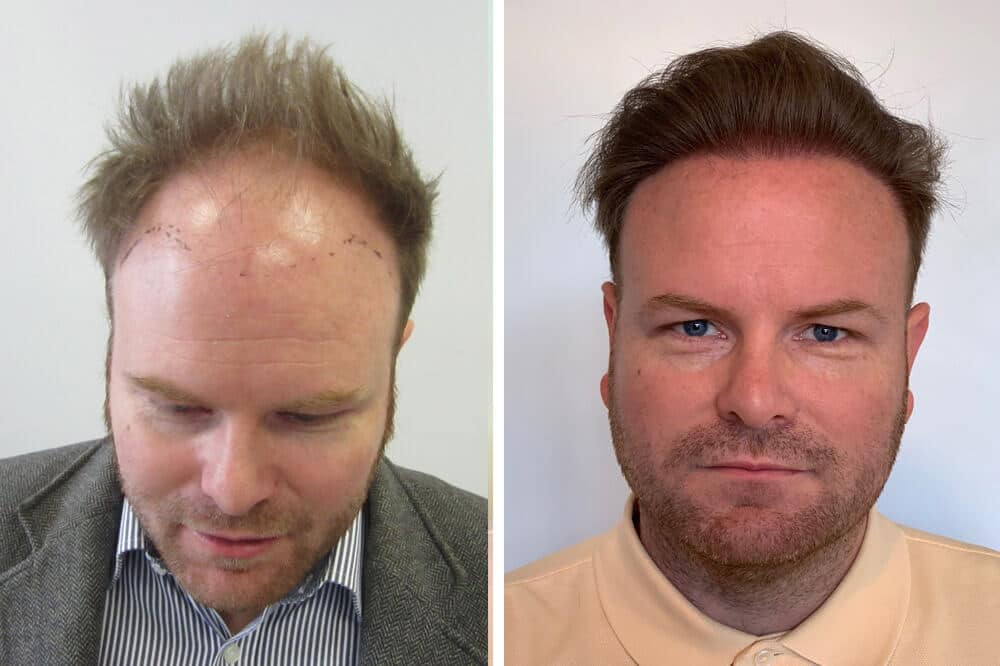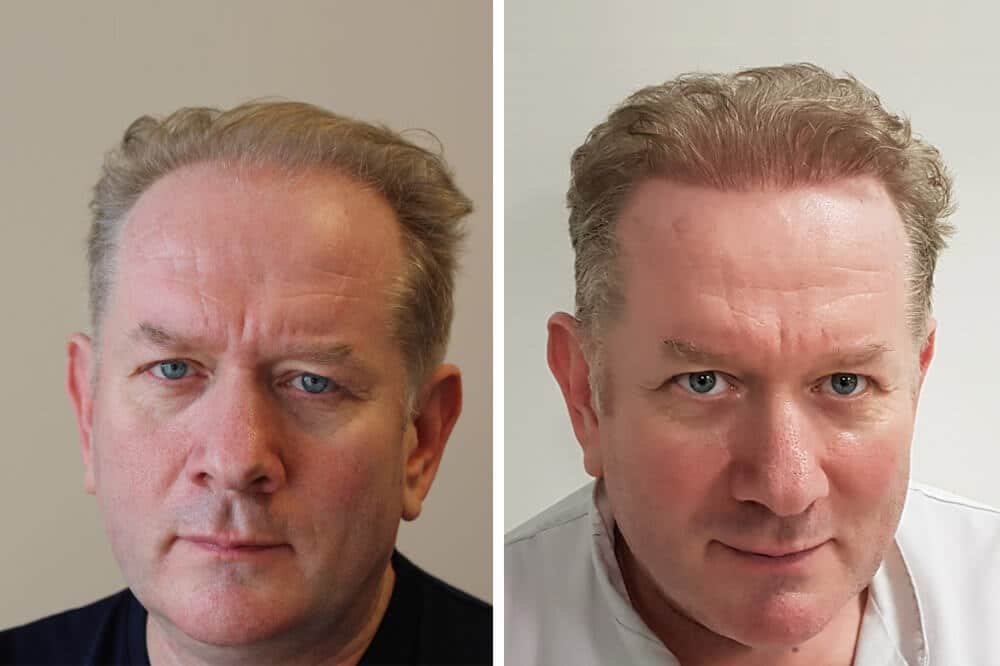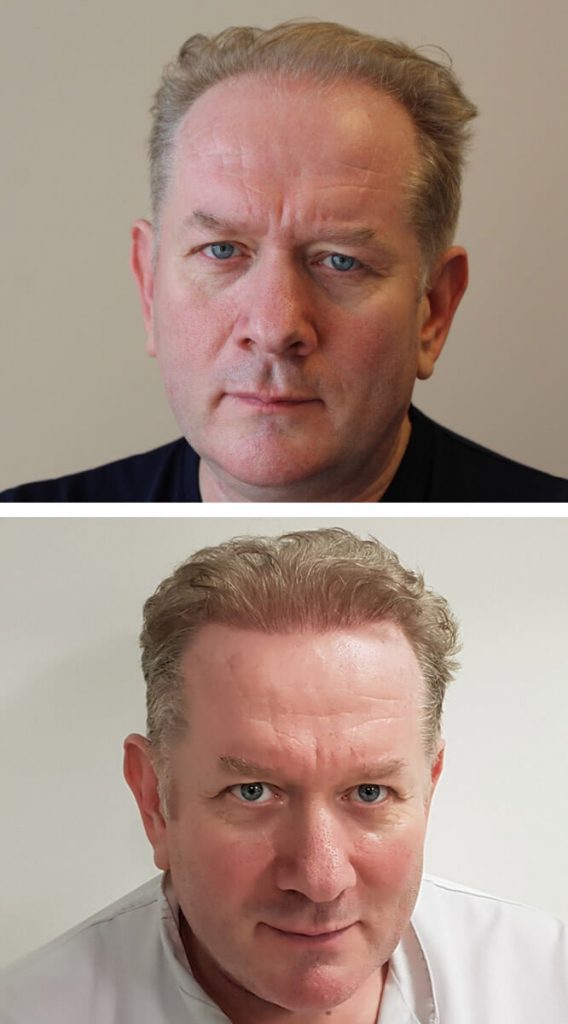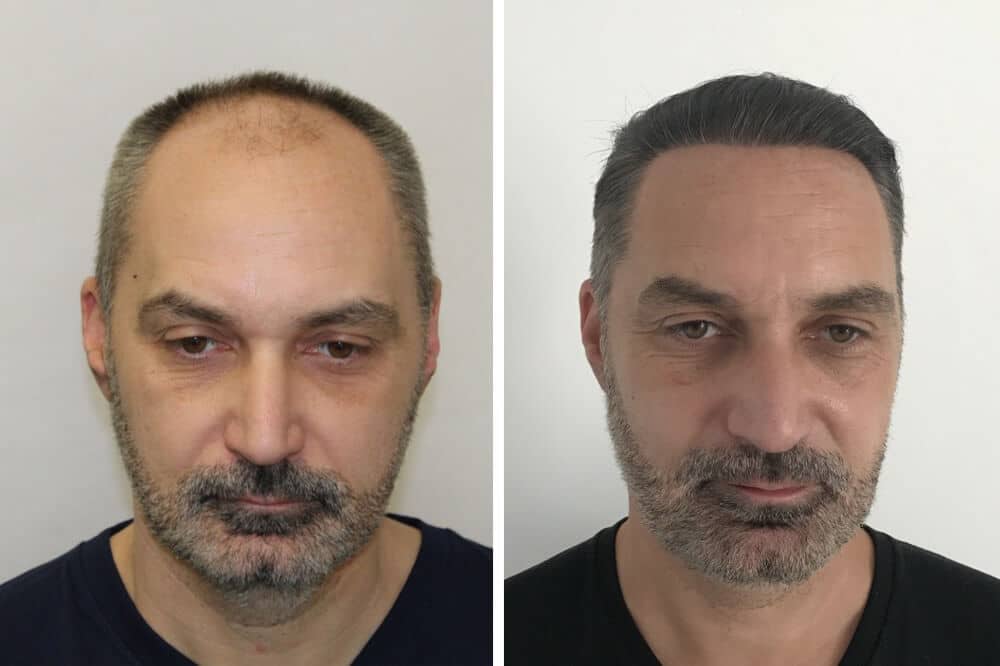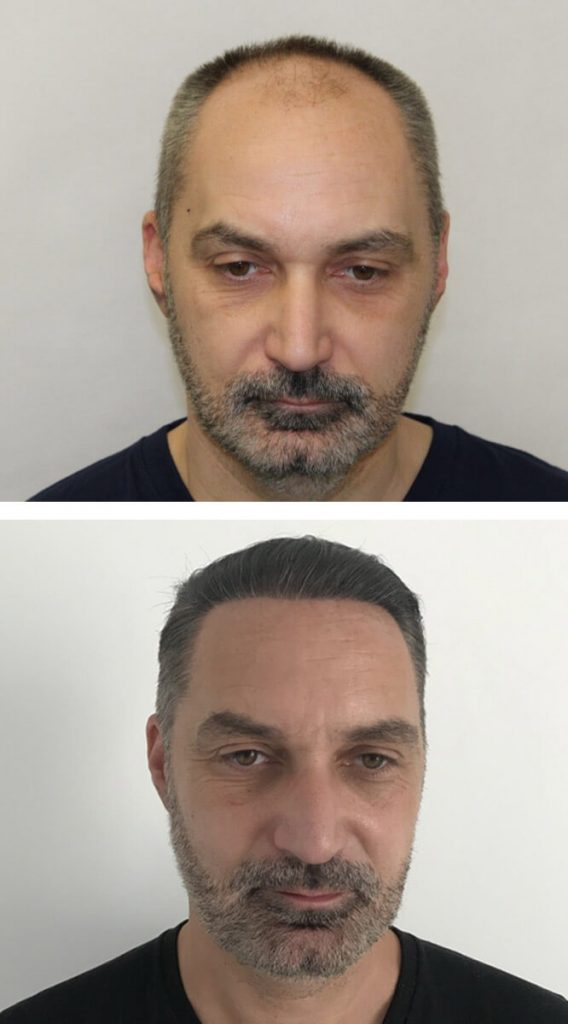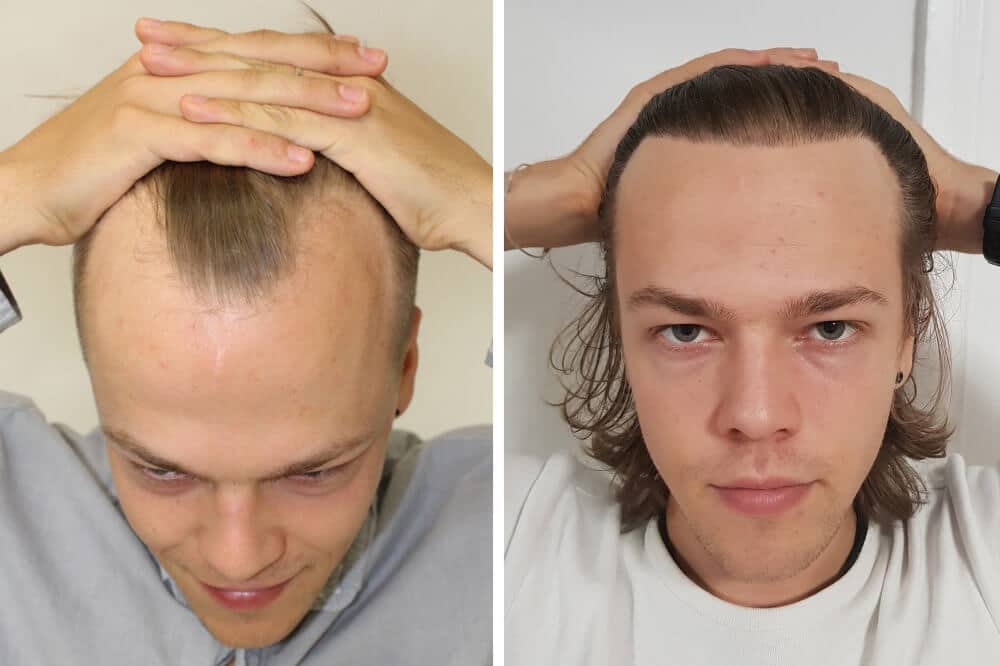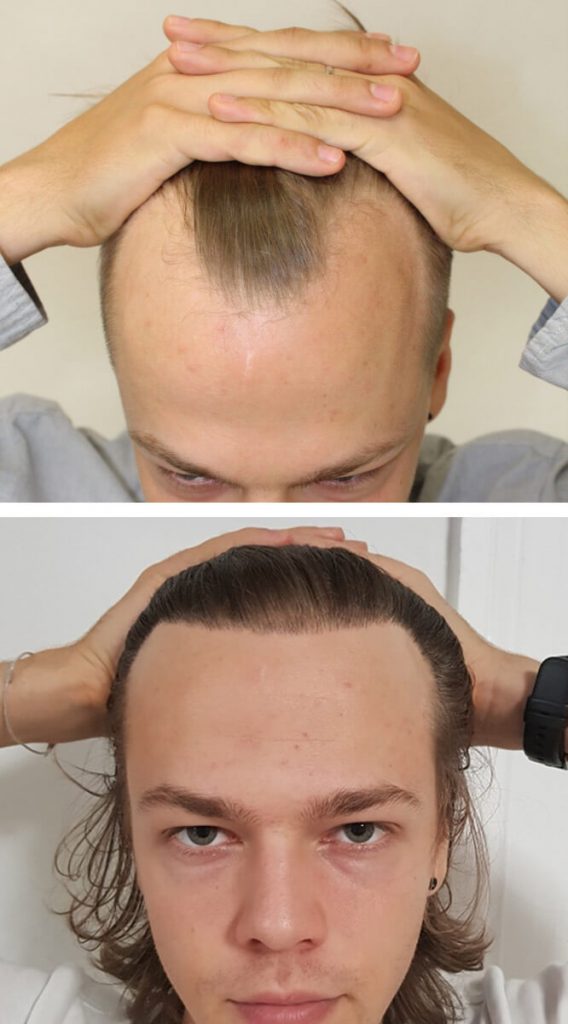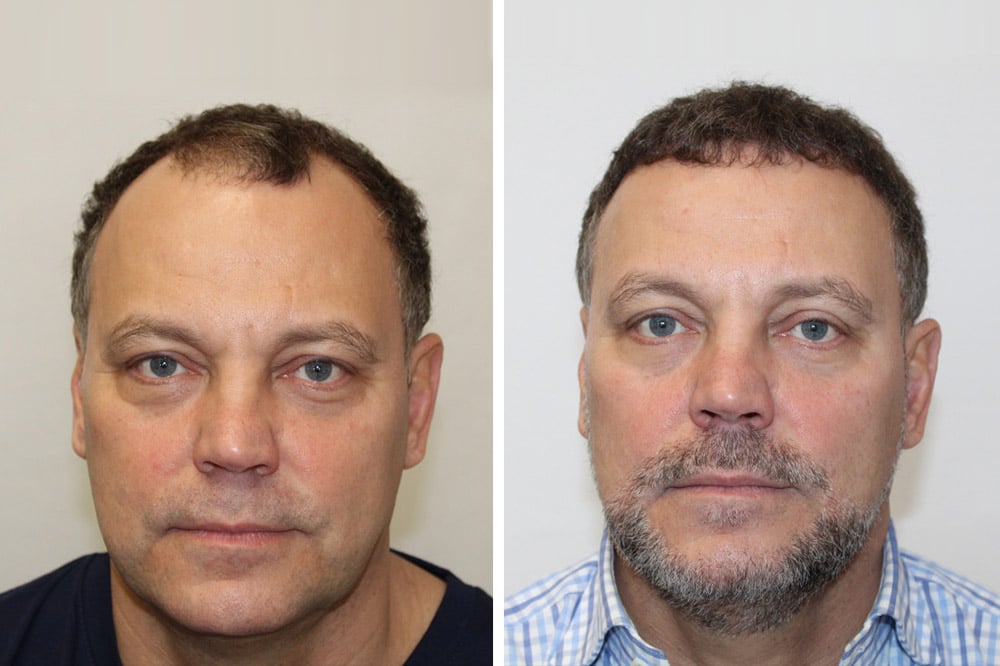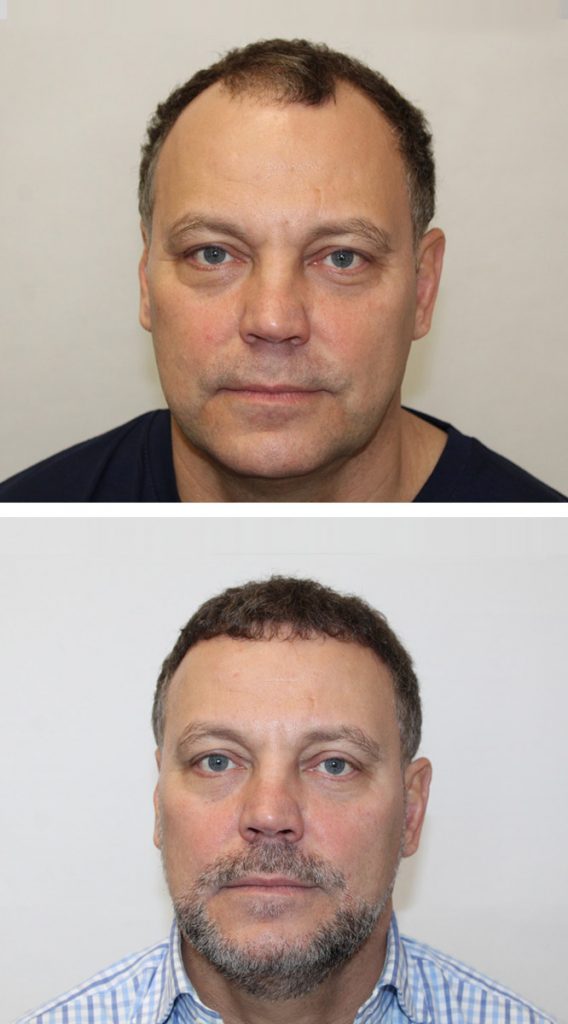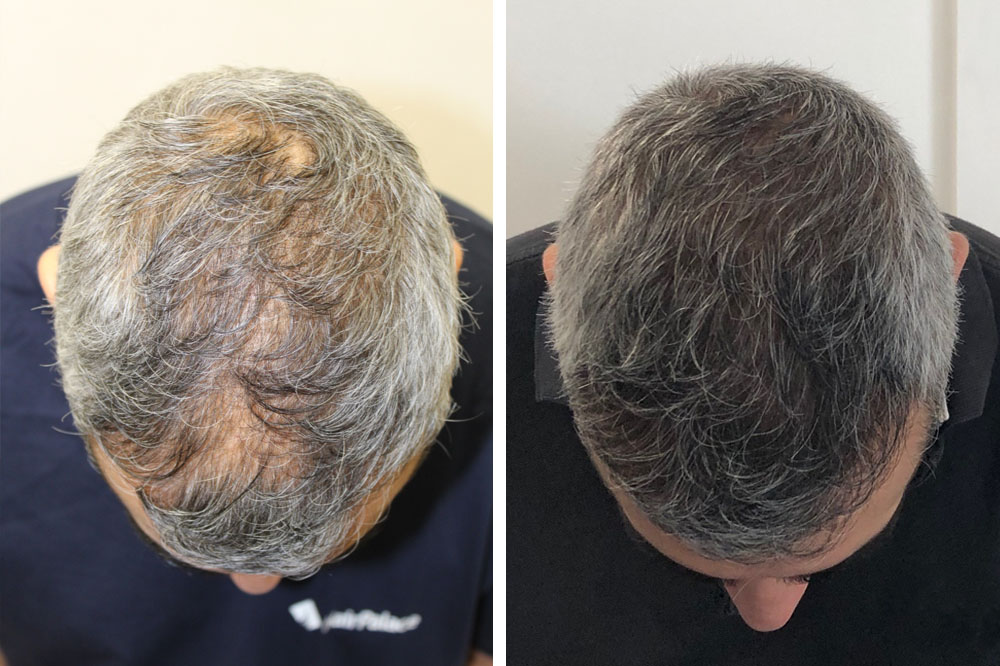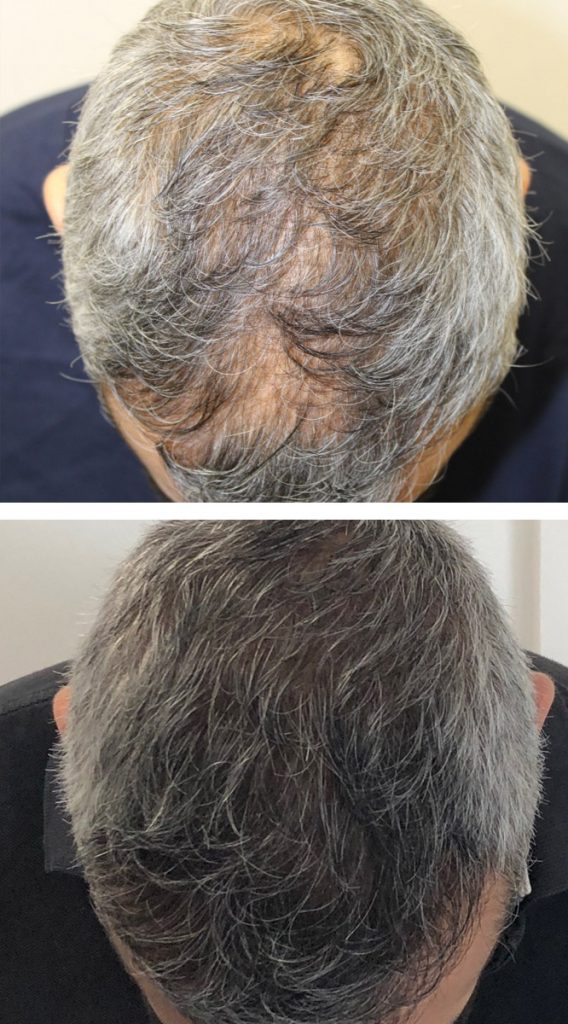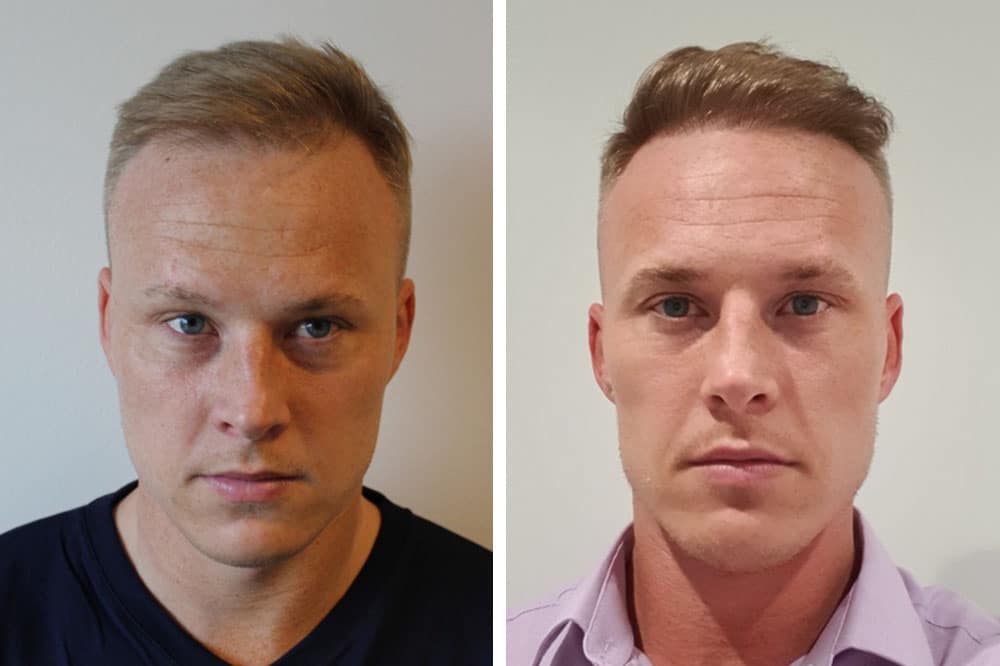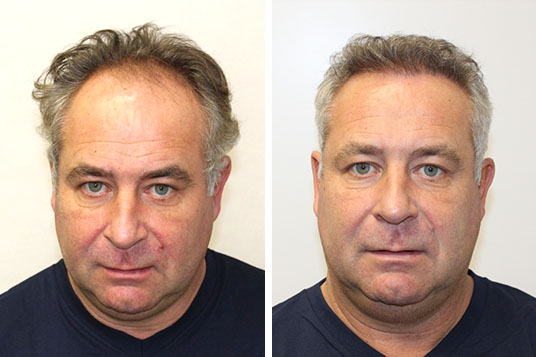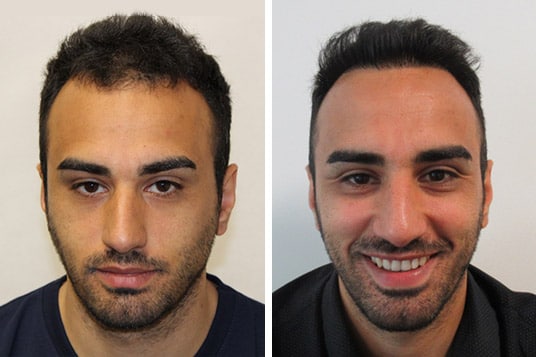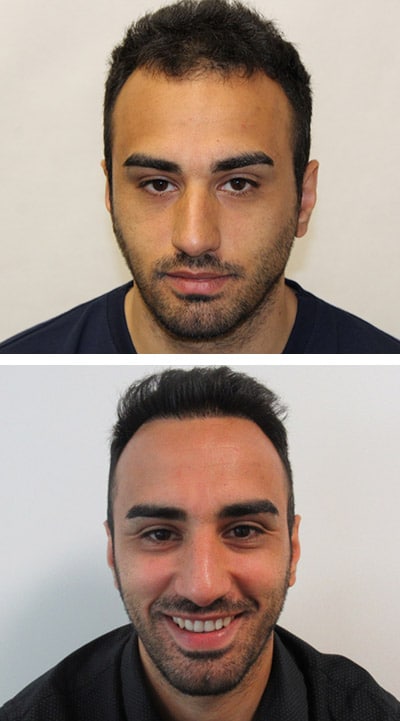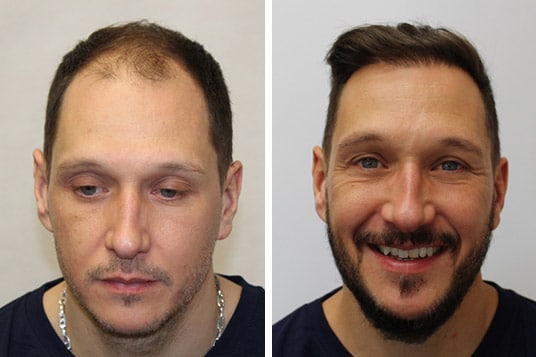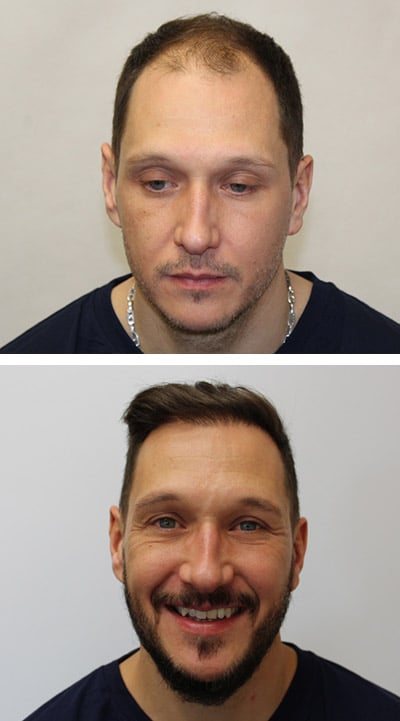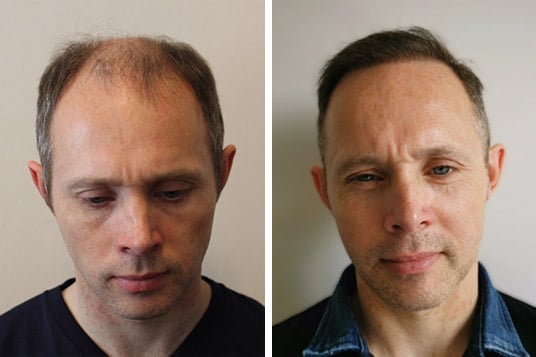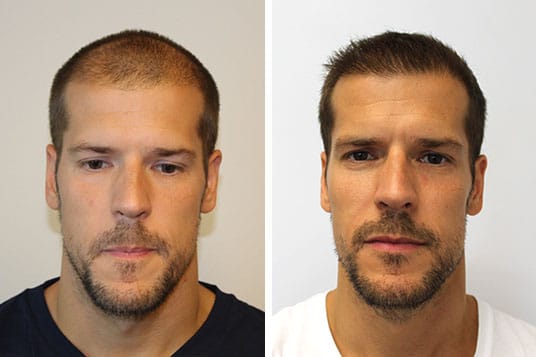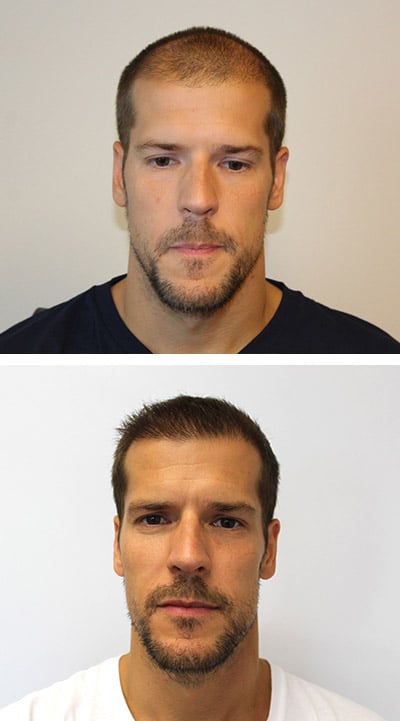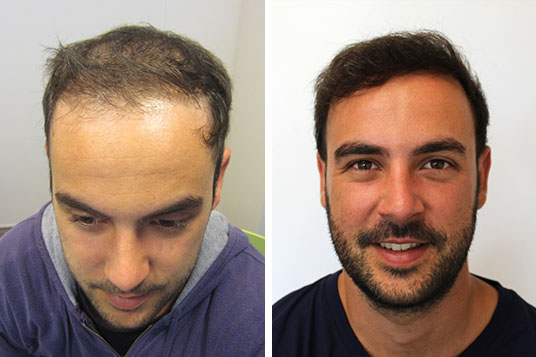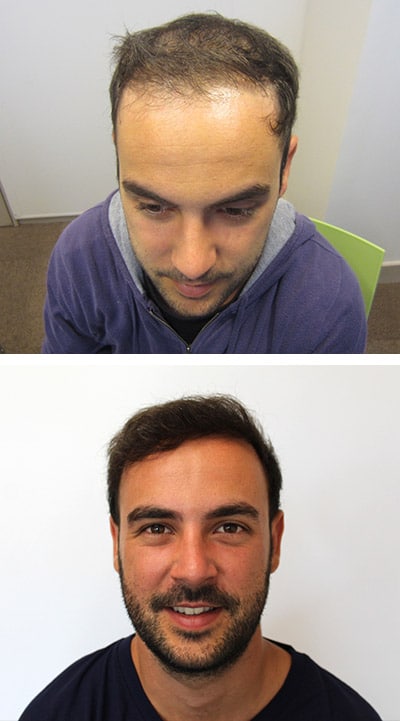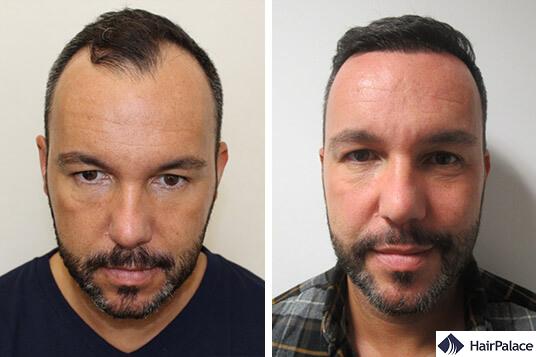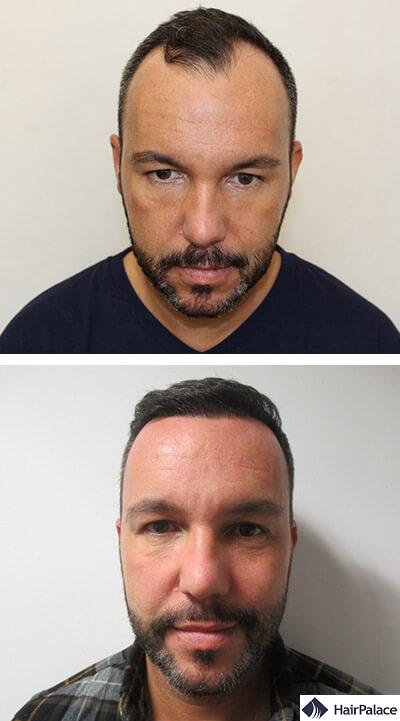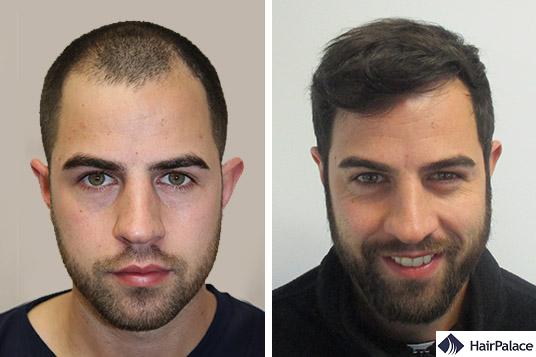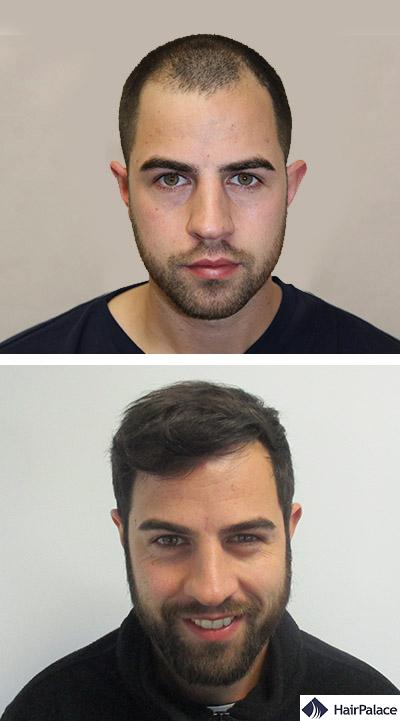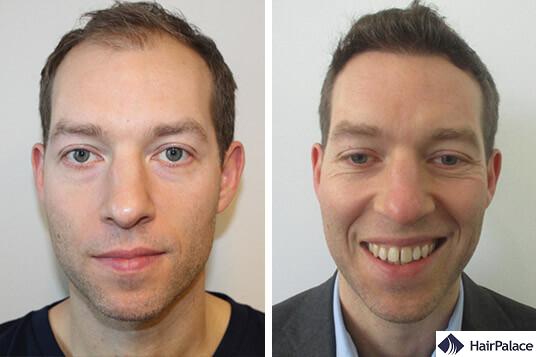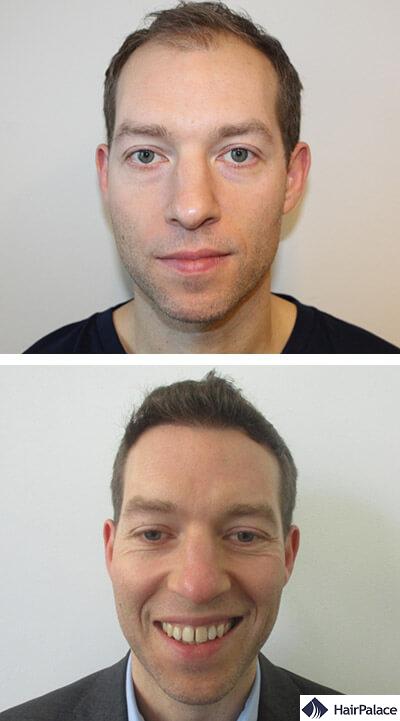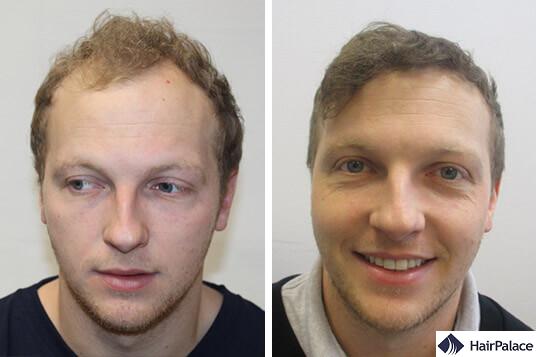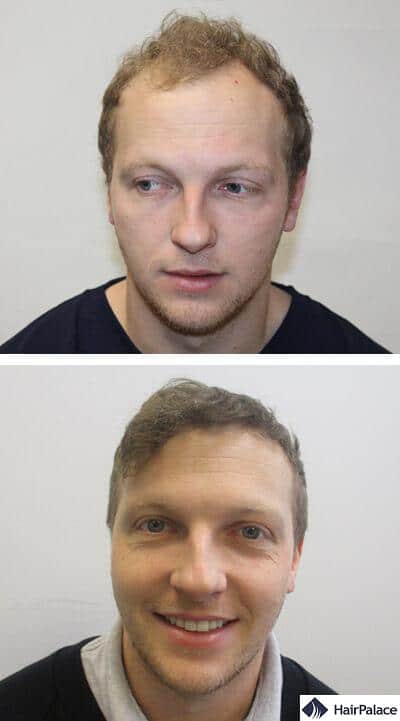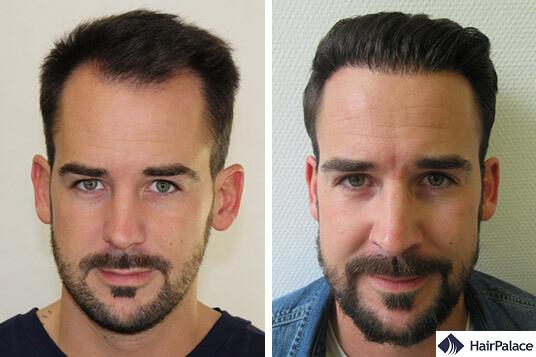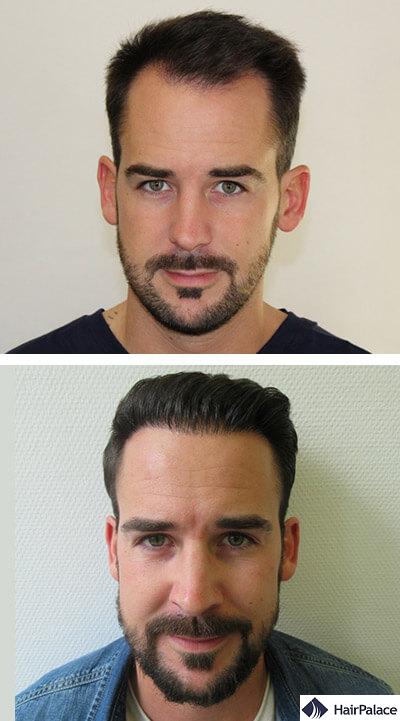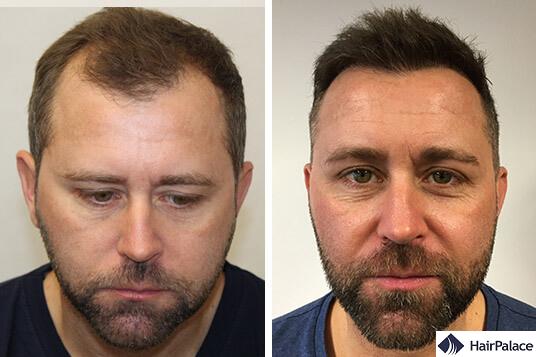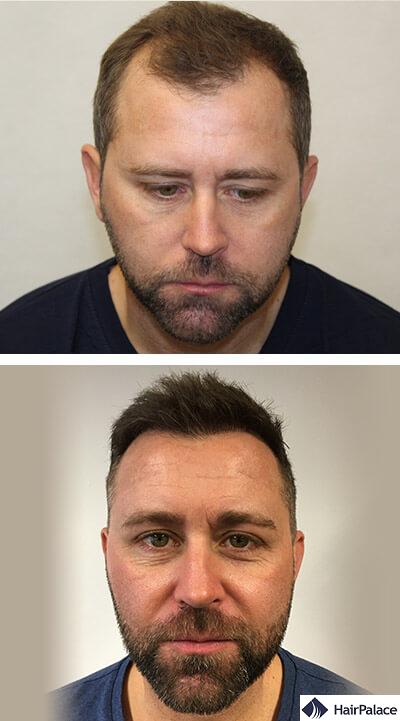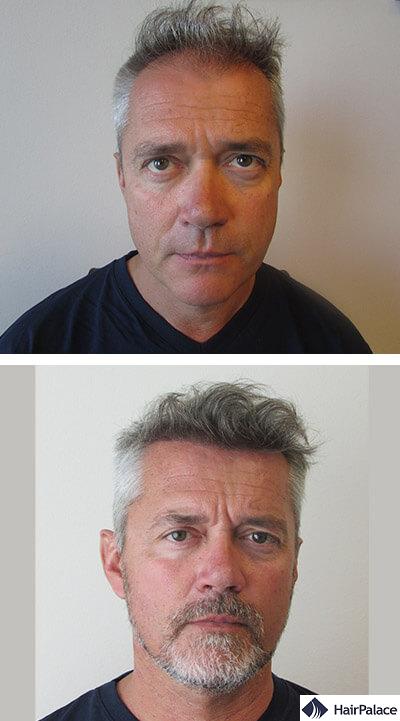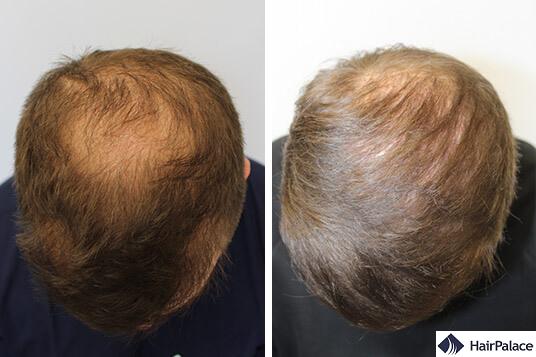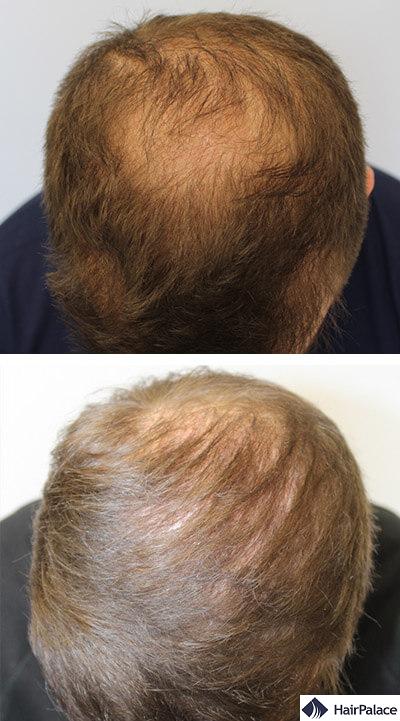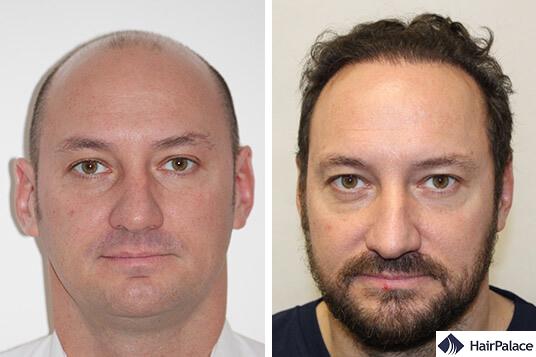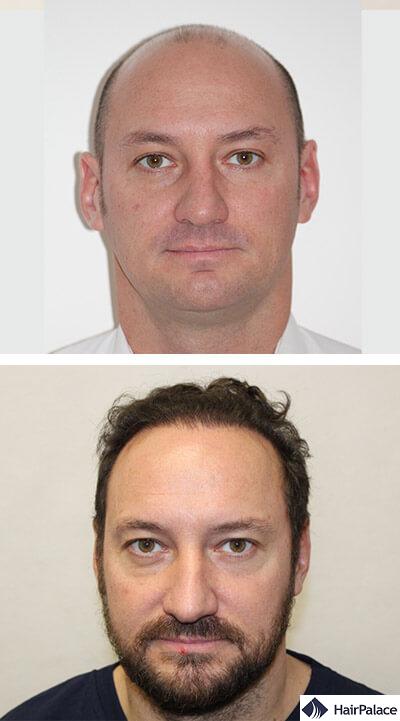Top Quality Hair Transplant in Hungary
We help you to get back the original
density of your hair in 1 day!
- 5500+ successful procedures
- 1900+ real positive reviews
- 10+ years of experience
- Newest FUE2 SafeSystem method
- Written Guarantee


30 Amazing Reference Photos!
Take a look at our hair transplant before and after photos to see how efficient the FUE2 SafeSystem hair restoration method is.
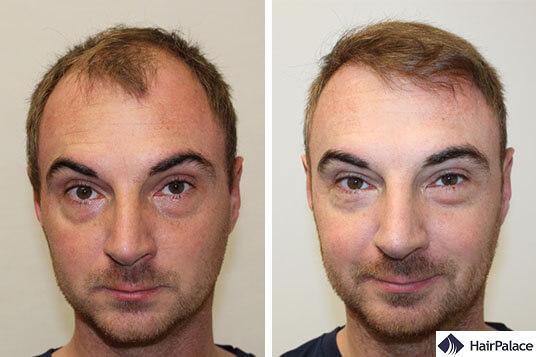
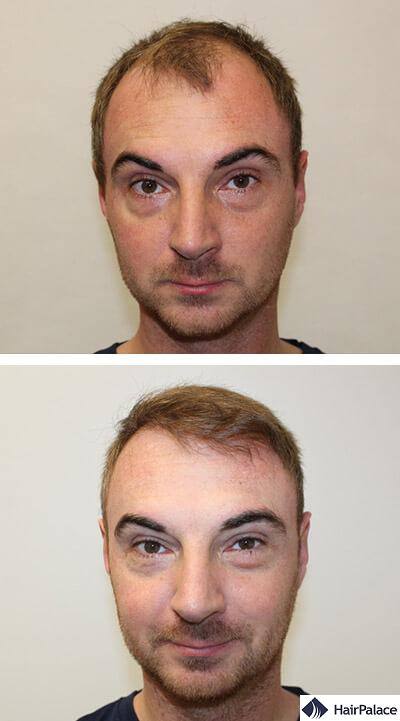

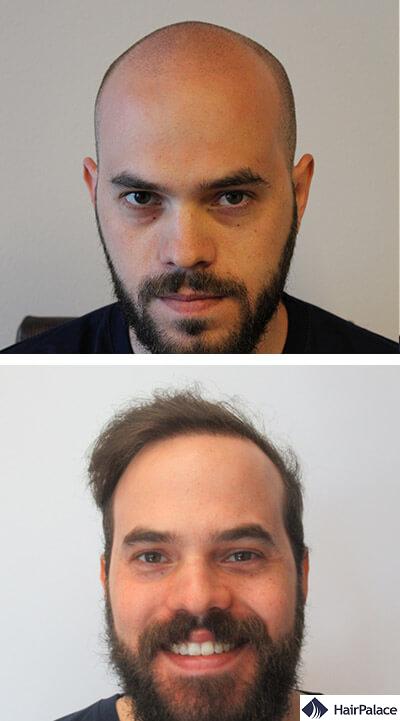
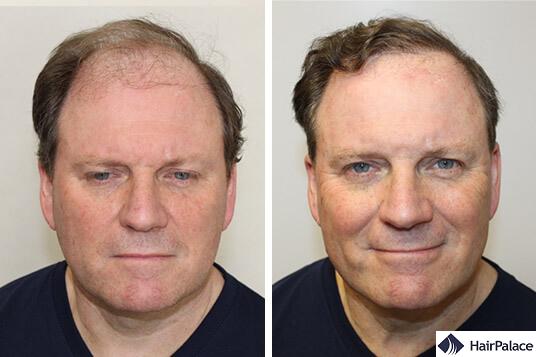

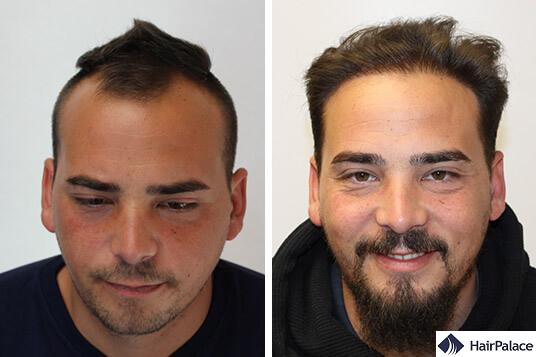
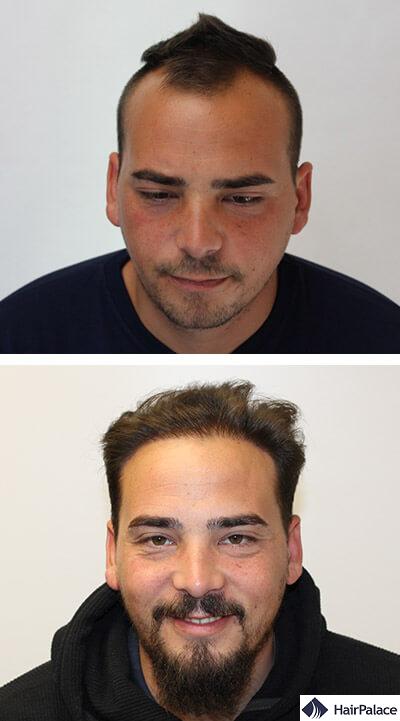
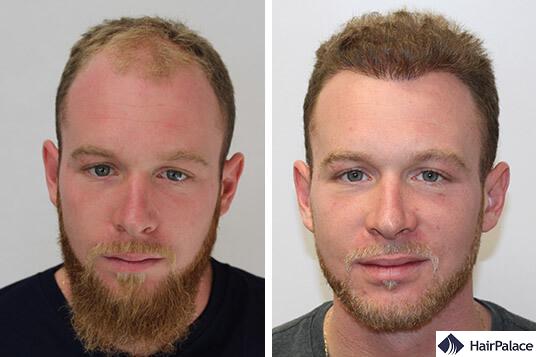
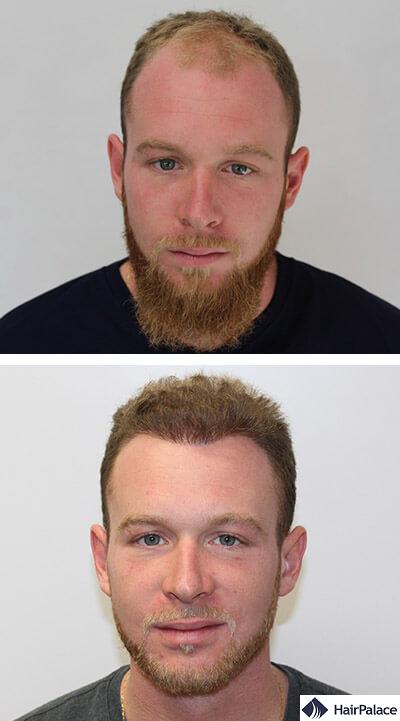
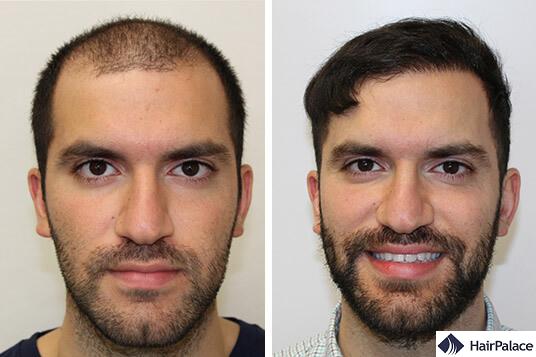
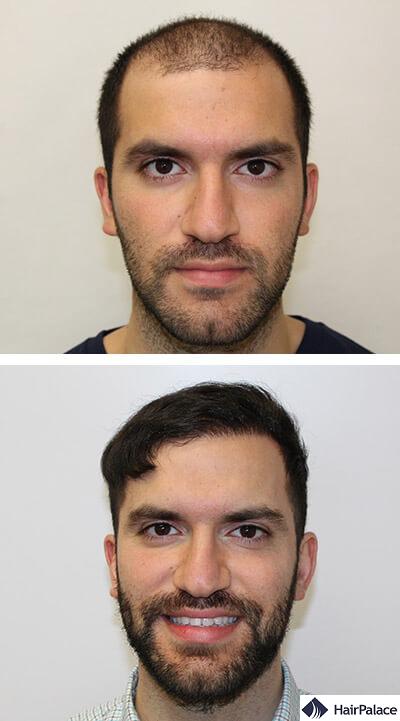
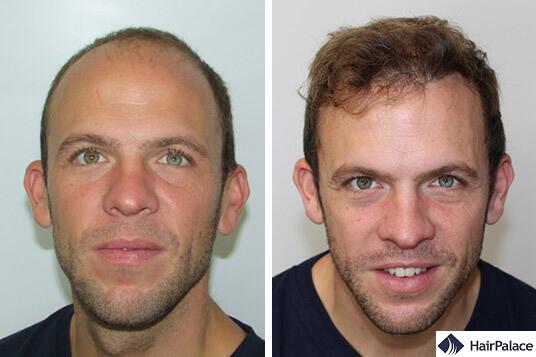

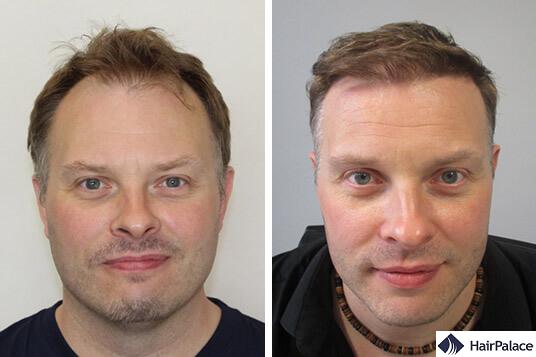
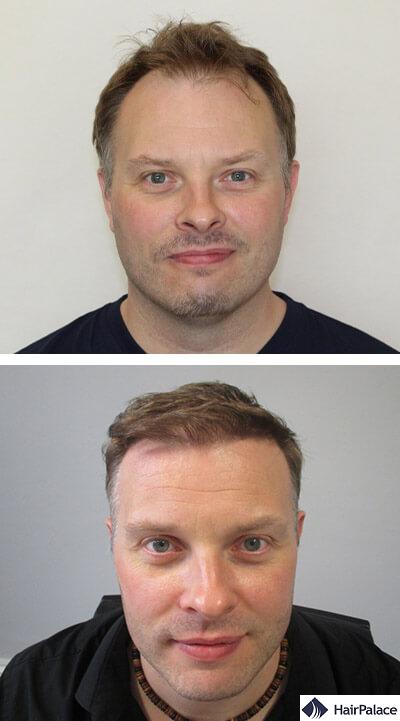
All-inclusive!
- Airport transfers
- 2 nights of accommodation at our premium apartment
- Personal consultation with the surgeon
- Hair transplantation with the FUE2 SafeSystem
- Written guarantee
Get a Free Quote
Our hair transplant specialists are ready to make a treatment plan tailored to your needs within 24 hours.
Satisfied Patients on Instagram
Check out our before after videos on Instagram.
1900+ Hair Transplant Reviews
Check out our reviews from patients who already had their hair transplant surgery at our clinic.
Your hair transplant in Hungary
Step by step from start to finish
Send us pictures
Take the first step in your hair transplant journey by sending us current pictures of your hair loss condition so we can prepare for your free online consultation.
Online consultation
After we evaluate your pictures we will hold an online consultation to go over the surgery and give you a chance to ask any questions you may have.
Detailed treatment plan
Once the meeting is concluded our surgeon will create a detailed treatment plan personalized to your unique situation. You will also get the final cost of your hair transplant surgery.
Organizing your stay
After you book your flight, we will take care of your accommodation and transfers from and to the airport.
Hair transplantation
The day will start with a final consultation with the surgeon to ensure you understand everything about the procedure. The surgery will be carried out under local anesthesia so you won't feel any pain whatsoever, and you can leave the clinic on the same day.
Aftercare from home
Hairpalace offers comprehensive post-operative care to our patients, providing continuous aftercare support. The best part is that you don't even need to leave the comfort of your own home!
Check out the reviews of our former patients on video.
After his successful hairline correction, Rob kindly shared his experiences with the hair transplant surgery.
He had multiple hair transplants here at HairPalace. Check out his hair transplant before and after and find out more about his experience from his video review!
Our friendly team is happy to give you all information you need about the procedure.
Contact Us!

Hair Transplant Clinic in Hungary
We have more than 10 years of experience in hair transplant surgeries. The clinic has 4 fully equipped, sterile surgery rooms featuring high-tech surgical beds making the procedure a relaxing experience.


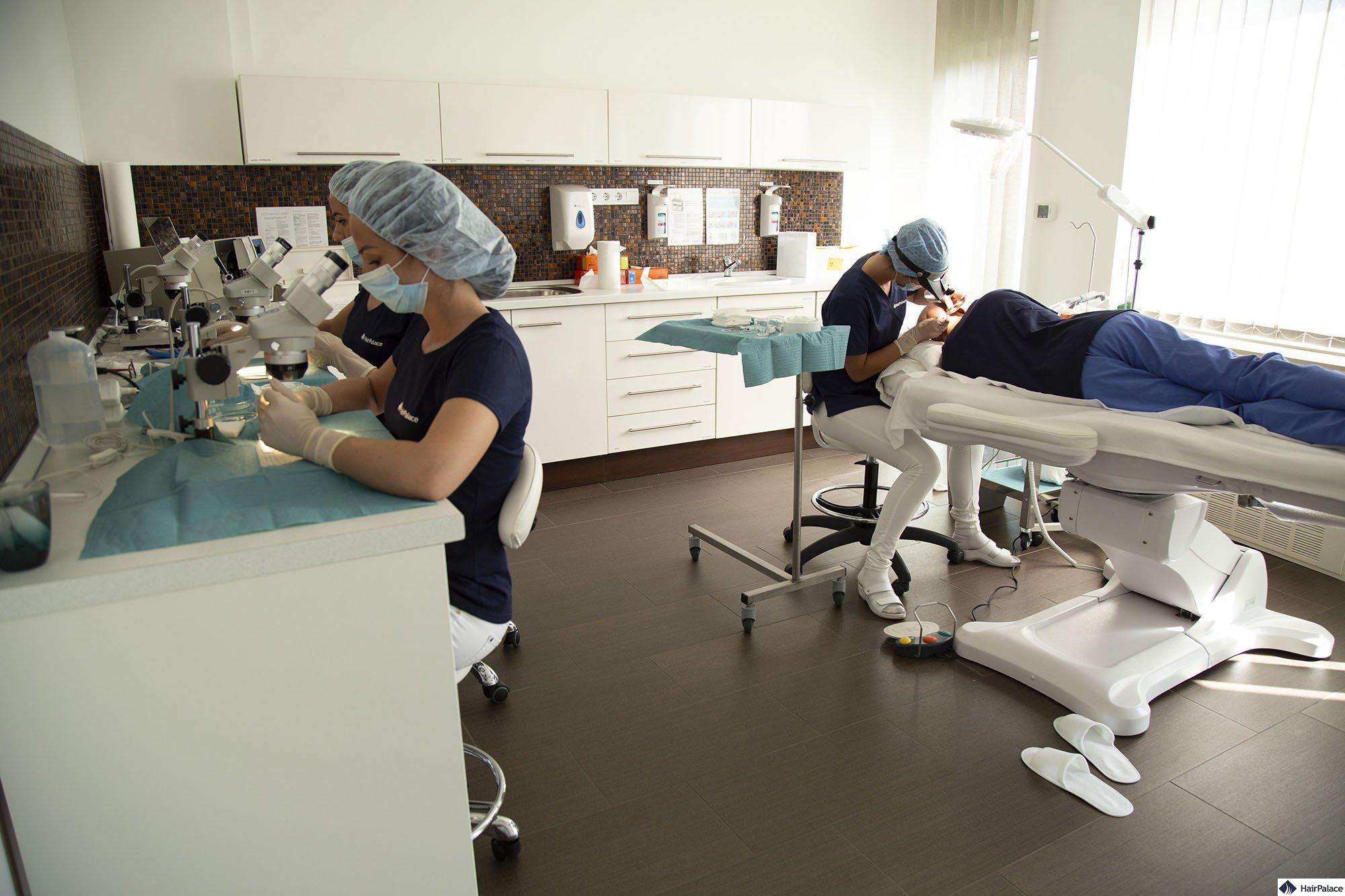
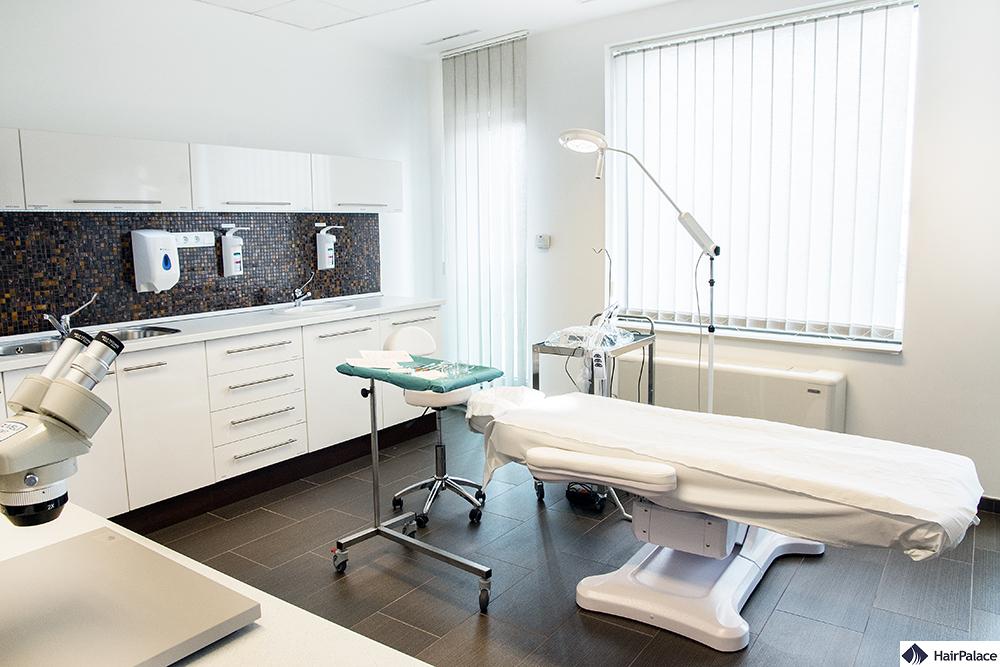
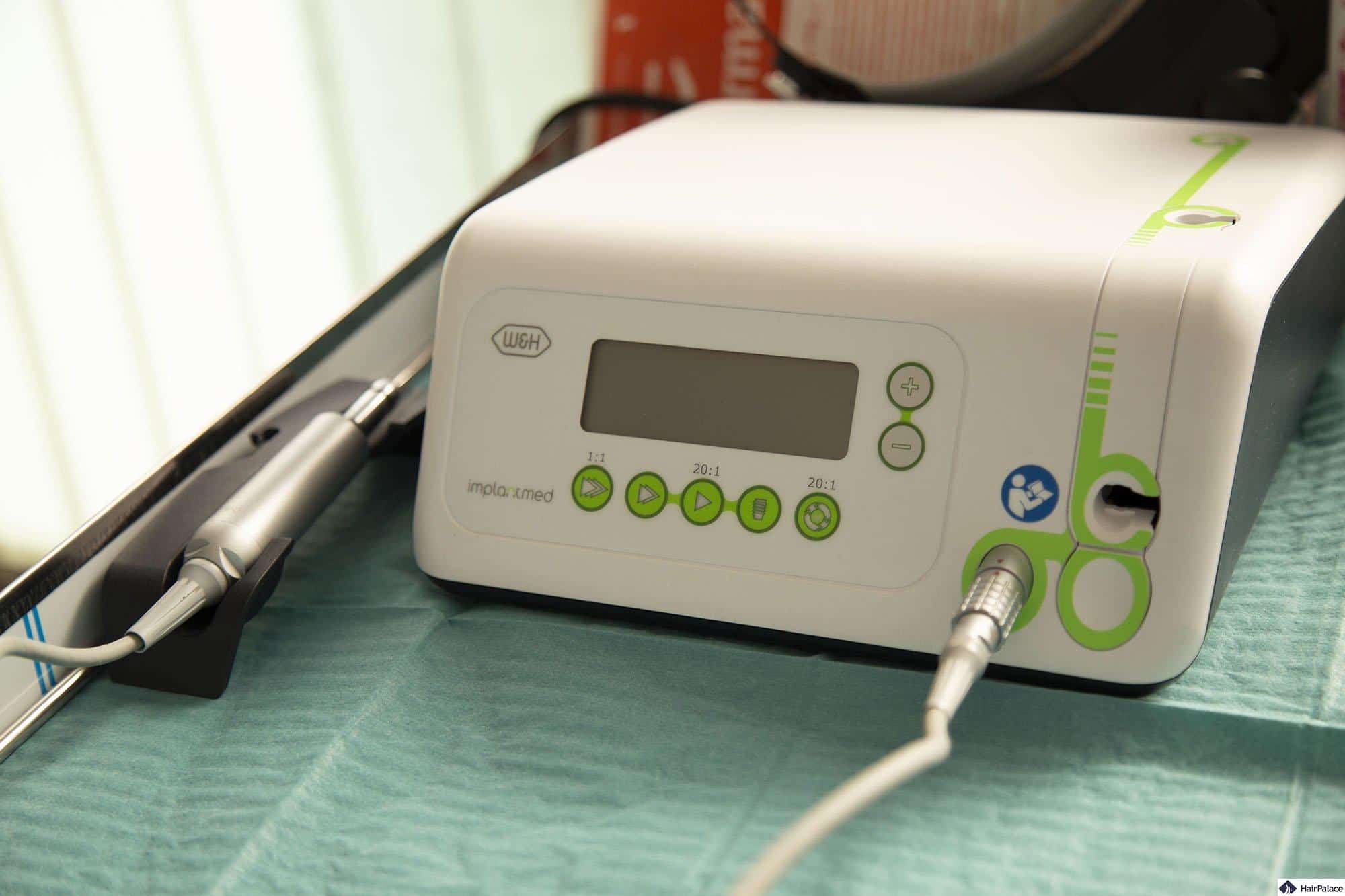



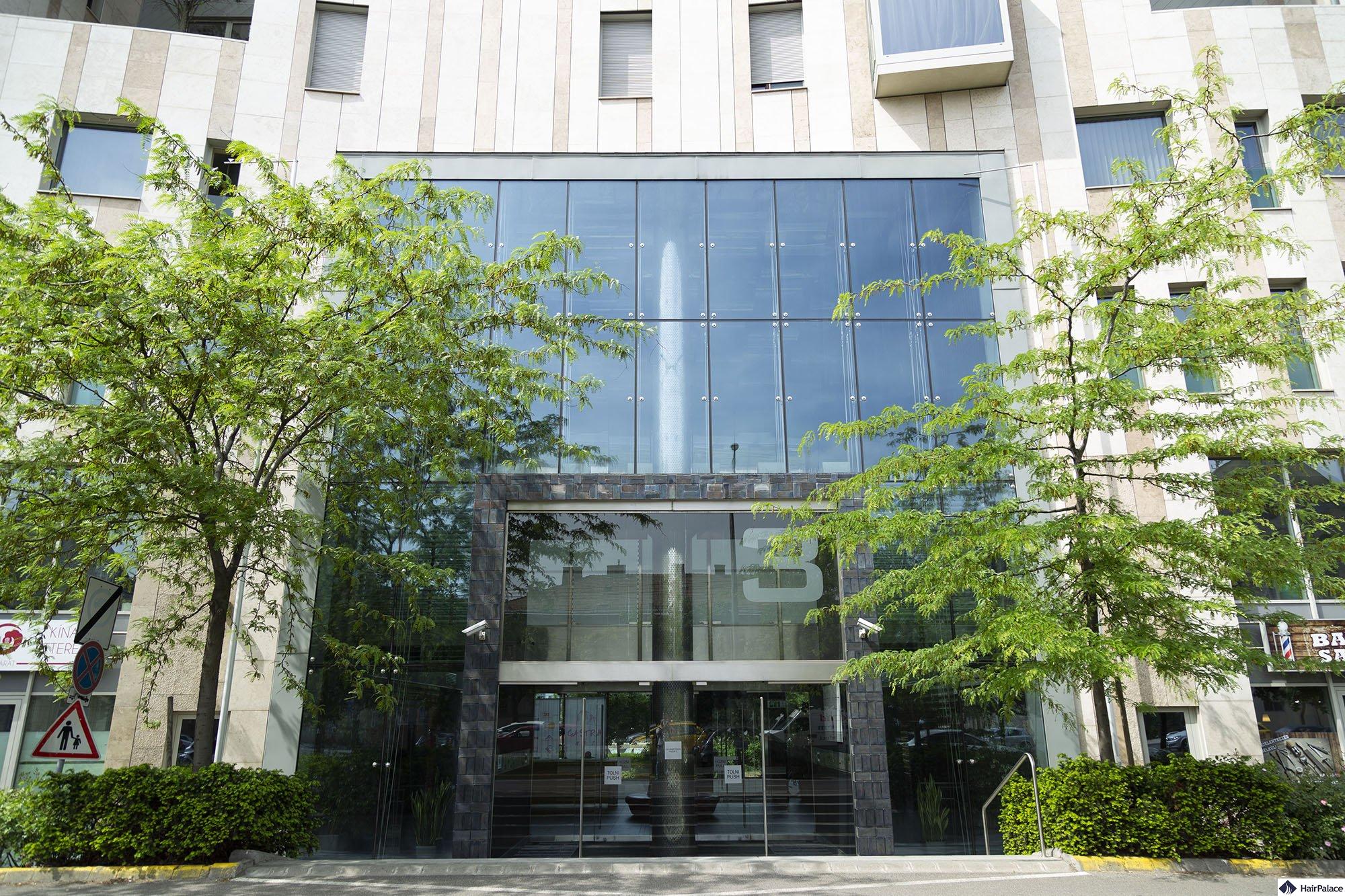
Our surgeons
7 Reasons to Choose HairPalace
We incorporate the following 7 unique features into our services:
World-Class Hair Transplants
Your Hair transplant will be performed in Hungary's leading hair transplant clinic in a prestigious and modern environment.
Patient First Approach
After we evaluate your pictures we will hold an online consultation to go over the surgery and give you a chance to ask any questions you may have.
Modern Equipment
All of our medical equipment adheres to the highest European standards and safety regulations.
Transparency
Thanks to our all-inclusive package, there are no hidden costs.
Written Guarantee
We are so confident in our work that we provide each patient with a written guarantee, so you can always feel at ease about the outcome of your treatment.
Extensive Experience
Hairpalace offers comprehensive post-operative care to our patients, providing continuous aftercare support. The best part is that you don't even need to leave the comfort of your own home!
Constant Development & Innovation
We always strive to stay at the forefront of hair restoration, constantly innovating our methods and equipment
Save 70% on your procedure with a 2-hour flight
Once you book your surgery, you'll have to buy your flight tickets to Budapest. Accommodation and airport transfers for 2 are included in your treatment plan. Tickets from £100!
Get a FREE Quote!
Our Hair Transplant Solutions
We offer a wide range of treatments for all types of hair loss, whether you’re looking to restore your hairline or achieve full coverage on your crown. Restore your confidence with HairPalace!
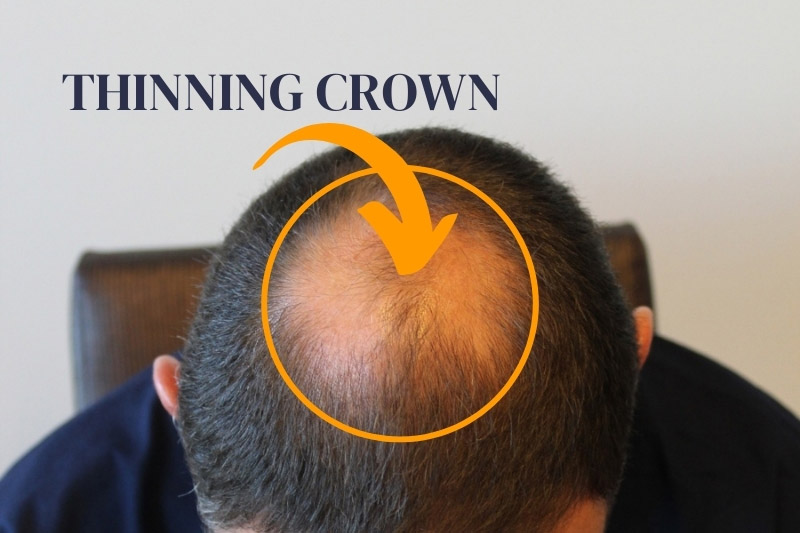
Crown Hair Transplants
Crown hair transplants focus specifically on restoring hair density and coverage in the crown area, which is often one of the most challenging parts of the scalp to treat. Healthy hair follicles are carefully extracted from the donor region and implanted into the thinning or bald spots on the crown. Crown hair transplants can significantly improve the overall appearance of your hair and restore confidence. This procedure is ideal for patients with noticeable hair loss in the crown, and it requires precision to ensure natural growth patterns and adequate density.
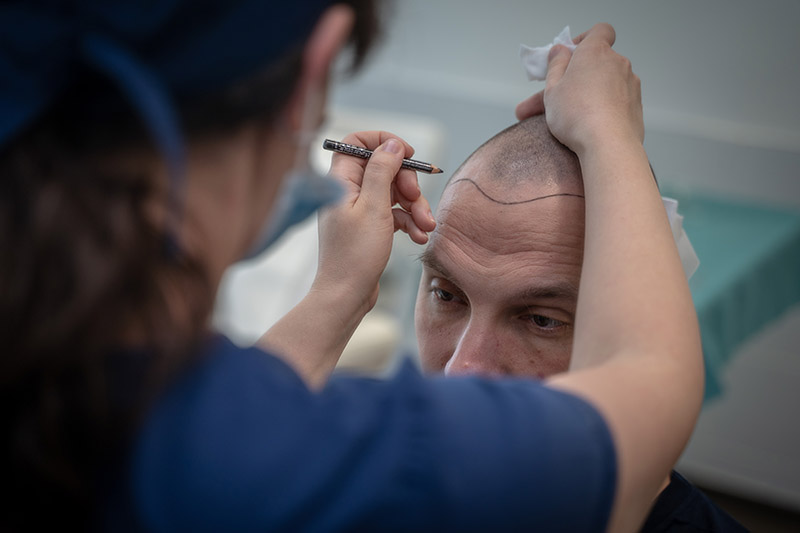
Hairline Transplants
A hairline transplant is a precise hair restoration technique aimed at recreating a natural, youthful hairline. This treatment is suitable for patients experiencing receding hairlines or those looking to reshape and refine their current hairline. Individual follicles are transplanted to the front of the scalp, carefully considering the angles, density, and pattern of natural hair growth. Hairline transplants are popular because they offer a dramatic improvement in facial aesthetics, framing the face and enhancing overall appearance. It’s ideal for those who want to regain a fuller hairline and achieve a rejuvenated look.
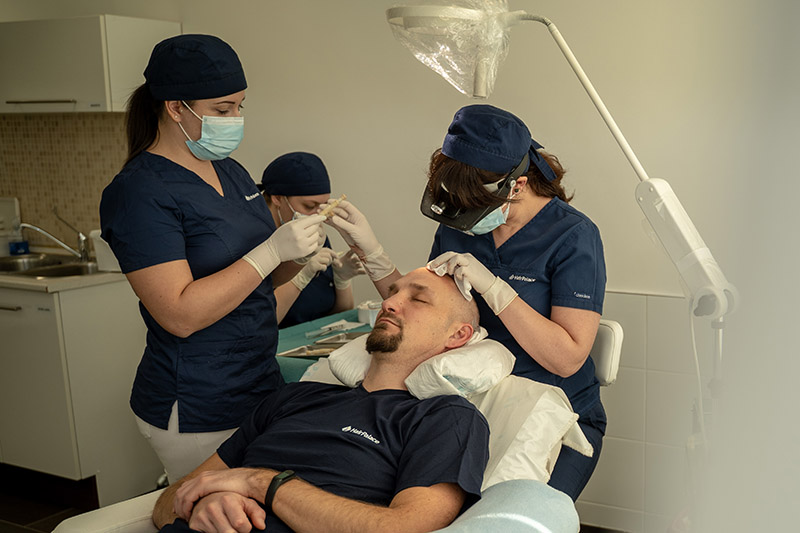
Hair Transplant
A hair transplant is a permanent solution suitable for men facing various types of hair loss. A hair transplant with the FUE2 SafeSystem involves extracting healthy hair follicles from the donor area and placing them into the thinning or bald regions. With natural-looking results, a hair transplant can restore not just hair, but also confidence. Whether you’re looking to treat overall thinning, bald patches, or a receding hairline, a hair transplant offers the best and most reliable solution tailored to your specific needs.
Blog

Hair Transplant Turkey: The 10 Best Hair Clinics in 2025
Hair transplant in Turkey has become an incredibly popular procedure to have in the last few years. You have a vast selection…

Hair Transplant Turkey Cost: Cheapest Prices in 2025
Hair transplant Turkey cost attracts nearly 1 million men every year, and statistics show that more and more patients travel from European…

Hair Transplant Istanbul: TOP 10 Clinics in 2025
Hair transplant in Istanbul has become very popular, with hair transplant procedures becoming nearly as common as other cosmetic treatments. It is…

Dutasteride for hair loss
Dutasteride for hair loss is one of the most rapidly emerging treatments for hair loss used by men worldwide. When it comes…

Zinc for Hair Growth: Is it effective?
Hair loss is a concern that affects millions of people worldwide, and while genetics, stress, and hormonal imbalances often take the blame,…

Stemoxydine for Hair Loss
Hair loss affects millions worldwide, often impacting self-confidence and quality of life. Many individuals seek gentler, non-hormonal alternatives for hair growth, even…

Hair Transplant Shedding Phase: All You Need to Know
The hair transplant shedding phase can be a challenging time for many patients. Many patients find themselves concerned when, a few weeks…

Finasteride Side Effects: What They Are and How to Avoid Them
Finasteride side effects are a key concern for many who consider this a popular treatment for male pattern hair loss or an…

Mounjaro Hair Loss: Causes, Solutions and Prevention
Mounjaro hair loss is an increasingly discussed concern among users taking tirzepatide to treat type 2 diabetes or to lose weight. Although…
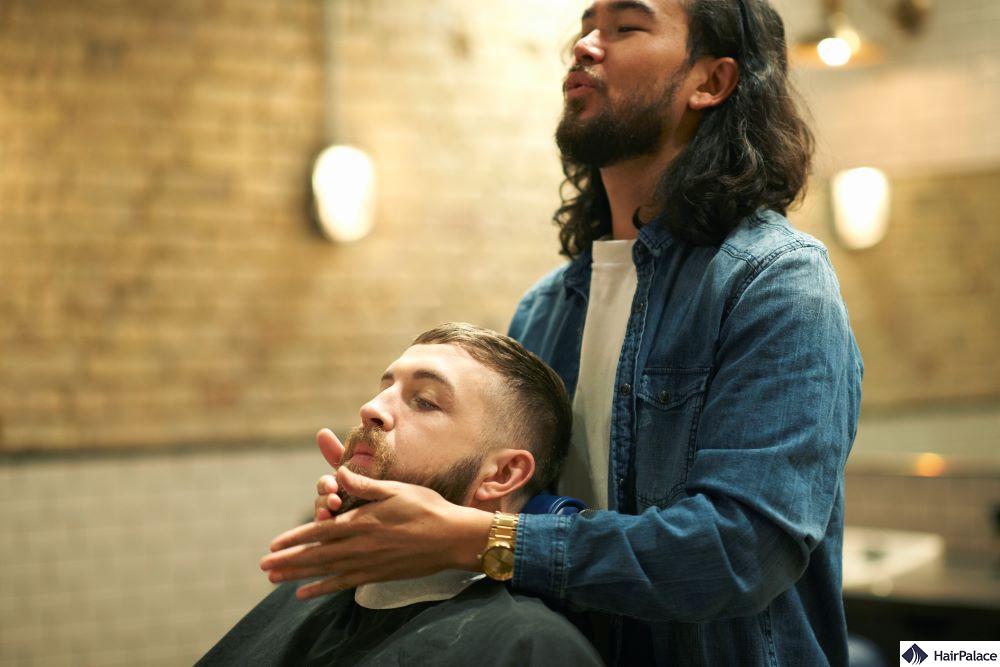
Receding Hairline Haircuts: The Only Top 20 List You Need!
Let’s face it, dealing with a receding hairline can be frustrating, but it doesn’t have to be the end of a good…
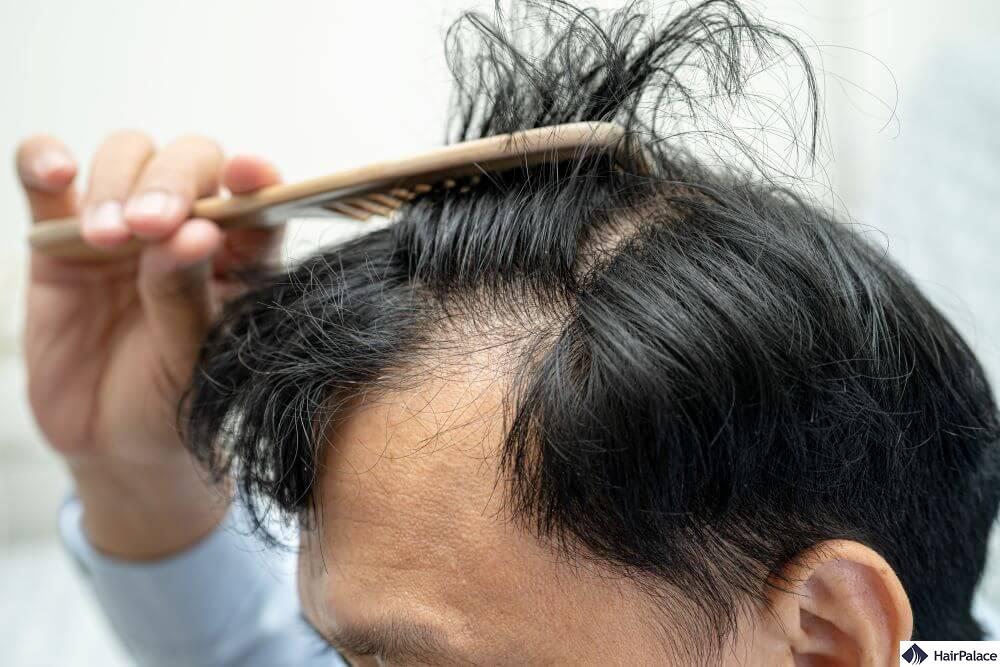
Temple hair loss: How to fight back
Temple hair loss can affect both men and women and impact confidence, whether due to genetics, stress, tight hairstyles, or hormonal shifts….
